“It is a reminder to our children and future generations about the long years of resistance. The price of peace , independence, freedom, and national unity today must be paid for with the blood of millions of Vietnamese people through the generations!”, veteran Nguyen Van Toan shared.
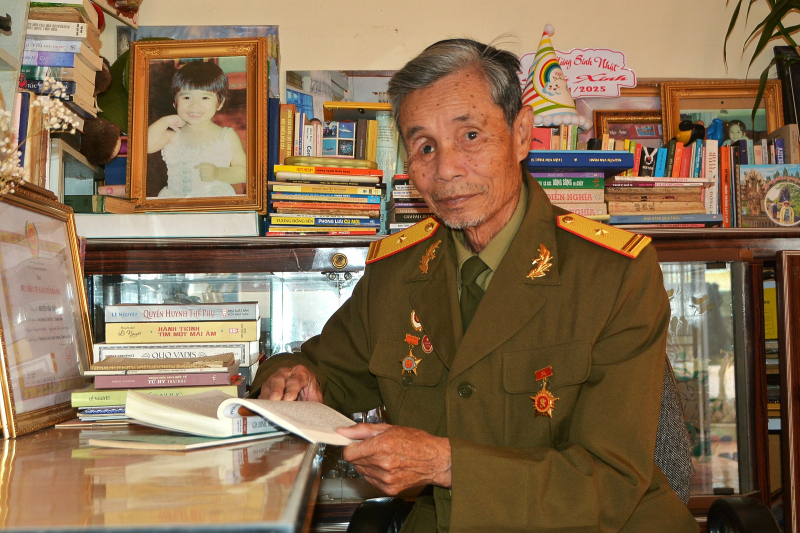
Veteran Nguyen Van Toan, from Dai Loc district ( Quang Nam ), in 1955, he followed his parents to settle in Xuan Truong commune, about 30km east of Da Lat city center. This is a land surrounded by mountains and forests, also convenient for moving down to the South Central Coast through Song Pha pass into Ninh Thuan province. Xuan Truong became a place with all the conditions for us to build a revolutionary base, operating secretly in the enemy's heartland. In 1964, Mr. Toan joined the guerrillas, becoming the first local person to join the armed forces and establish the first Party cell of Xuan Truong commune, Da Lat city.
After the clever raid that killed more than 10 soldiers and military experts at the Tram Hanh radar station, in 1968, Mr. Toan was trusted by his superiors and sent to the North to train officers to prepare resources for the long-term war. More than a year later, the soldier was transferred back to the Southern battlefield, assigned to the 7th Division, as a Company Commander, directly fighting in the provinces of the Southeast. “That was an extremely difficult time, lacking in every way. When fighting the enemy, we fought openly, but our activities had to be kept absolutely secret!”, Mr. Toan said.
Since 1973, when our forces grew stronger and were well-organized, the underground units were ready to fight the enemy to expand their area of operation. Road 13, from the Cambodian border to Binh Phuoc, Binh Duong to Saigon, at that time became a "bloody road" with fierce battles, life and death between us and the enemy. "Many of our soldiers heroically sacrificed themselves!.. The enemy was overwhelmingly numerous, with extremely modern equipment. Every time they marched, they often sent tanks and armored vehicles to sweep ahead to clear the way, followed by vehicles carrying troops to land. We mainly fought guerrilla warfare, using the weak to attack the strong. The balance of power between the two sides was too disparate, but our troops fought extremely bravely and were not afraid of sacrifice!..", Mr. Toan choked up when recounting a part of the history of the brutal war.
In early 1973, the 7th Division decided to open a front in Loc Ninh to expand the area of operations in the area bordering Cambodia, preparing conditions for long-term fighting with the enemy. From the border direction, we "opened a bloody path", attacking directly at the enemy's garrison units along Highway 13 to create a relatively safe corridor to carry out the long-term plan. The two sides fought fiercely to gain an advantage on the battlefield. After many days of fighting, our troops fought steadfastly, many soldiers bravely sacrificed. The enemy suffered huge losses, facing the risk of losing, the enemy mobilized forces and vehicles stationed at the gateway to Saigon to move up to supplement troops. After many days of fighting, both we and the enemy continuously increased reinforcements, supporting the units directly fighting.
During this fierce battle that lasted for many days, soldier Nguyen Van Toan was hit by an enemy M79 bullet and was seriously injured. He was rescued by his comrades and taken to the rear. When he woke up, Toan could no longer see the light in his right eye and had countless wounds caused by bombs and bullets on his body. The battlefield lacked medicine and there were no conditions for treatment, so his injuries became more and more serious. His superiors ordered that soldier Nguyen Van Toan be immediately taken to the North for treatment to save his life.
After 7 days and nights of traveling, secretly passing through many enemy lines, Mr. Toan was taken to Hanoi. However, the doctors could not save his right eye. Two pieces of copper bullet were found still embedded deep in the right eye area. Due to the lack of medicine and surgical instruments, Mr. Toan's wound gradually healed on its own, but the two pieces of bullet were still not removed. In early 1975, units of the 1st Corps rushed to recruit soldiers, pouring them into the southern battlefield. A series of unprecedented large-scale battles opened the historic Ho Chi Minh campaign. At a time when the whole country was fighting for the beloved South, leaving behind his newlywed wife while in Hanoi to treat his wounds, wounded soldier Nguyen Van Toan eagerly returned to the fierce battlefield with the nickname "One-eyed Toan".
In early April 1975, Mr. Toan was assigned as the C3 Commander, 200C Special Forces Battalion, Military Region 6, fighting in Binh Thuan. “This is the main unit, fighting regularly with the enemy, fighting key and decisive battles in the campaigns of Military Region 6 or independently fighting against strategic bases and rear bases of the US - Puppet!..”, Mr. Toan said. At this time, the enemy lost on many fronts, withdrew, clumped together, entrenched in neighboring provinces and the gateway to Saigon, building this place into a solid defense line to deal with the Liberation Army. Although the enemy was numerous with modern weapons, they were a group of dispirited troops made up of defeated units, beaten to pieces by our army, so they lost all fighting spirit. In the last days of April 1975, when surrounded by our army, they rushed to attack, the enemy weakly fought back and fled, some raised their hands and surrendered.
Together with his comrades, defeating the enemy in Binh Thuan, Mr. Nguyen Van Toan went back to his hometown Da Lat, which was also the time when the enemy troops here were entering a period of extreme crisis. Facing the risk of being surrounded by our troops, from the end of March 1975, more than 15,000 enemy troops began to withdraw from Da Lat - Tuyen Duc, retreating to Saigon to defend. Seizing the opportunity, our units quickly occupied Highway 11, controlled Cau Dat - Xuan Truong, and followed Highway 11 to Da Lat. On April 3, 1975, Battalions 186 and 840, after liberating Di Linh, occupied Tung Nghia, and followed Highway 20 from Duc Trong to Da Lat. At around 8:00 a.m. on April 3, 1975, our forces entered and took over the Tuyen Duc Provincial Administration Building, and the puppet government officially collapsed.
After 1975, Mr. Nguyen Van Toan held the position of Deputy District Commander of Don Duong District, Political Commissar of Don Duong District until retiring in 1987 with the rank of Major. With his achievements during the war as well as peacetime, Mr. Nguyen Van Toan was recognized by the Party and State, and awarded many noble titles.
Source: https://cand.com.vn/Phong-su-tu-lieu/bai-3-trung-dan-m79-bi-mat-mot-mat-van-xung-phong-ra-tran-i763909/




![[Photo] Prime Minister Pham Minh Chinh chairs the conference to review the 2024-2025 school year and deploy tasks for the 2025-2026 school year.](https://vstatic.vietnam.vn/vietnam/resource/IMAGE/2025/8/22/2ca5ed79ce6a46a1ac7706a42cefafae)


![[Photo] President Luong Cuong receives delegation of the Youth Committee of the Liberal Democratic Party of Japan](https://vstatic.vietnam.vn/vietnam/resource/IMAGE/2025/8/22/2632d7f5cf4f4a8e90ce5f5e1989194a)



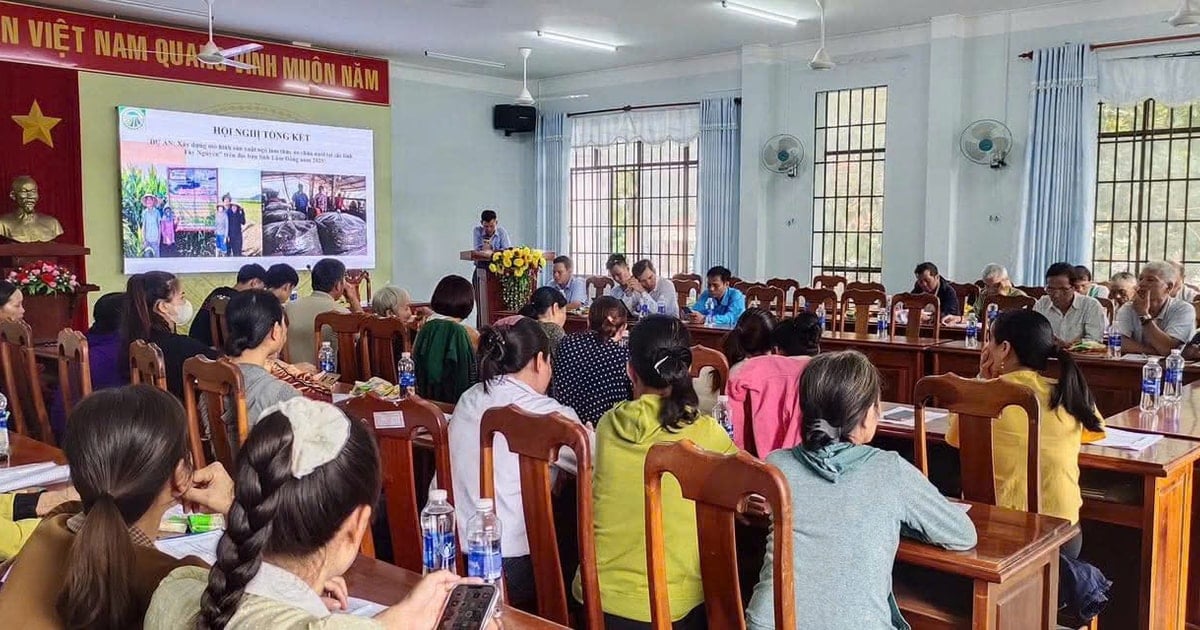

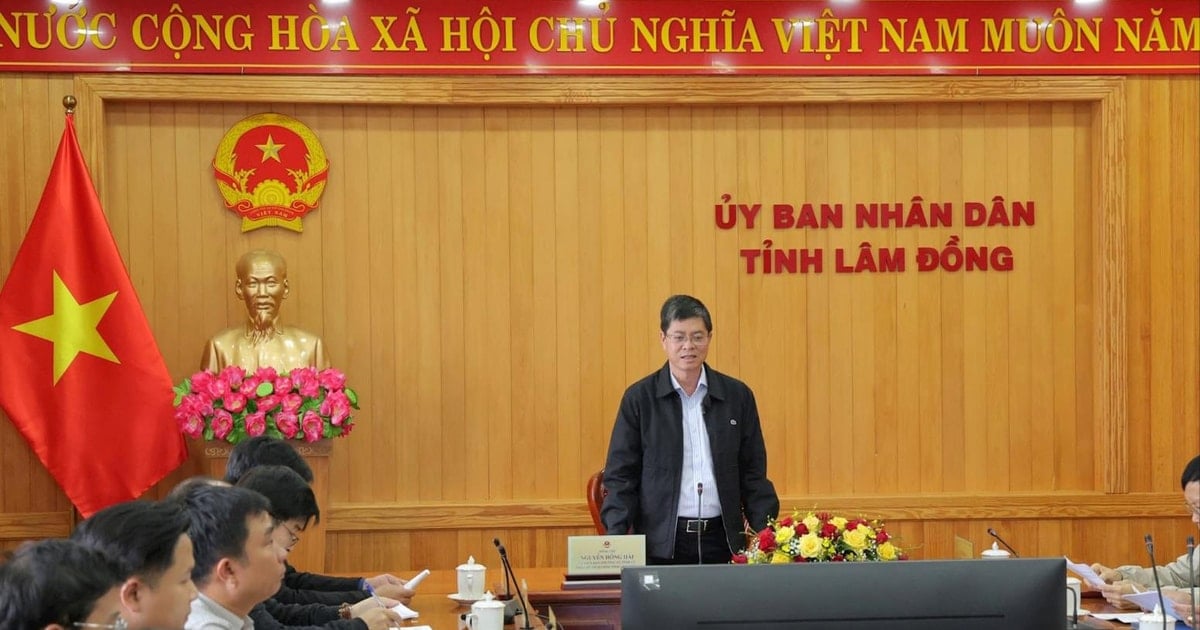
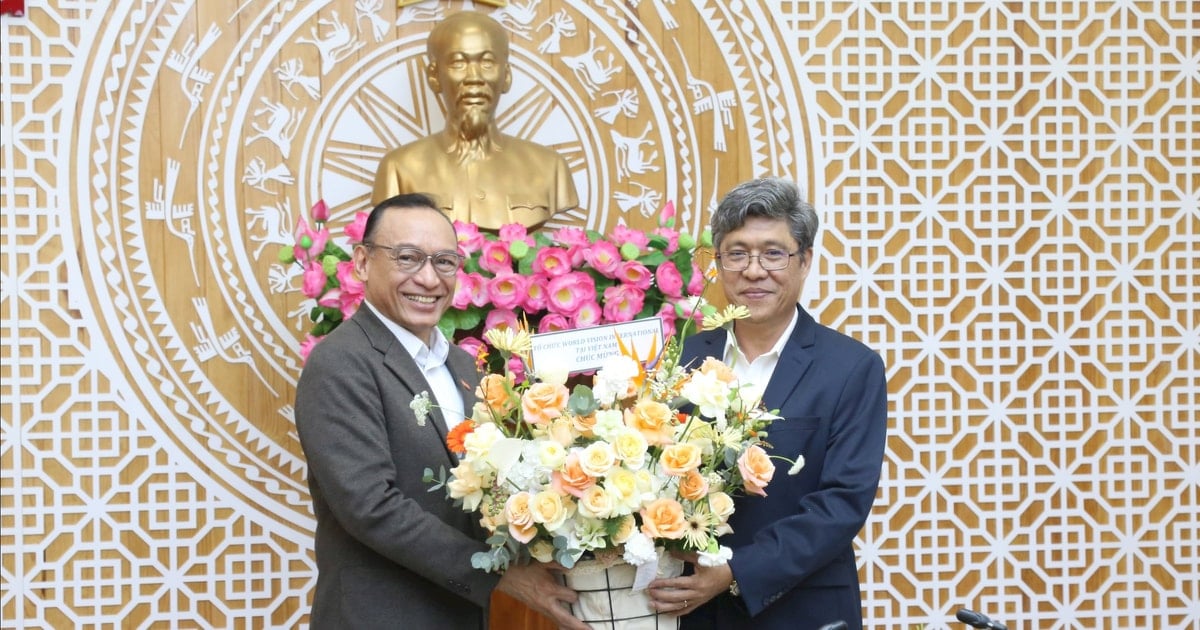


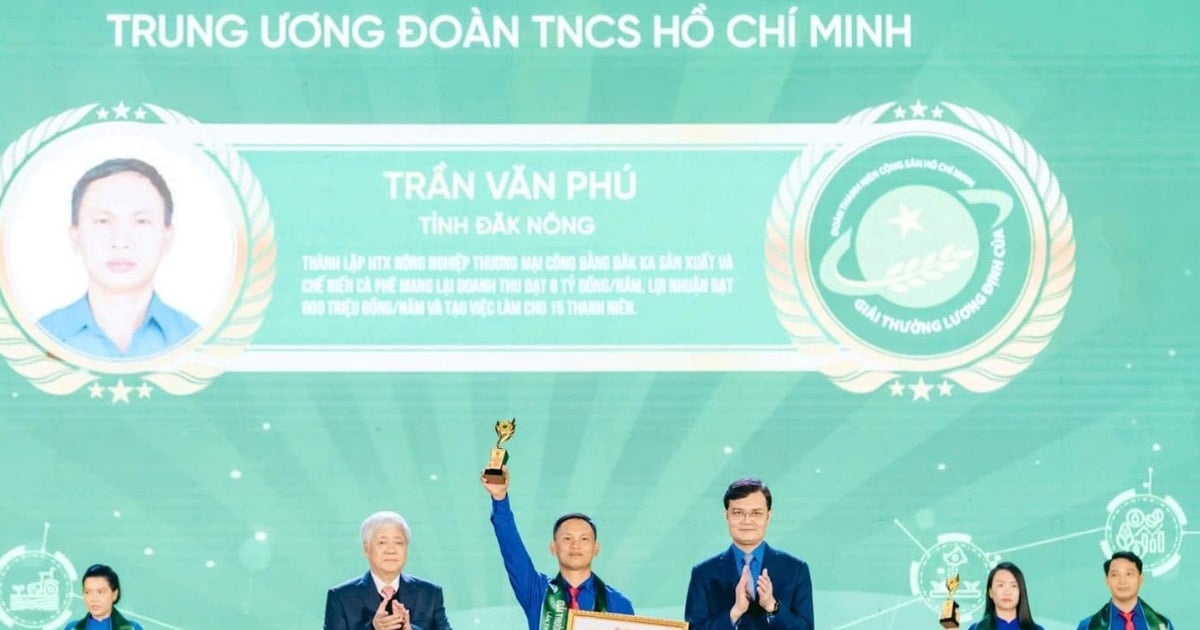


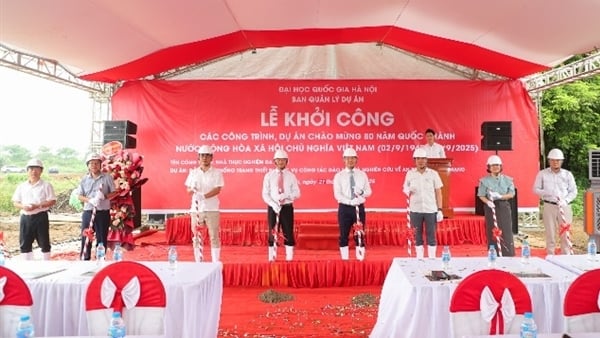
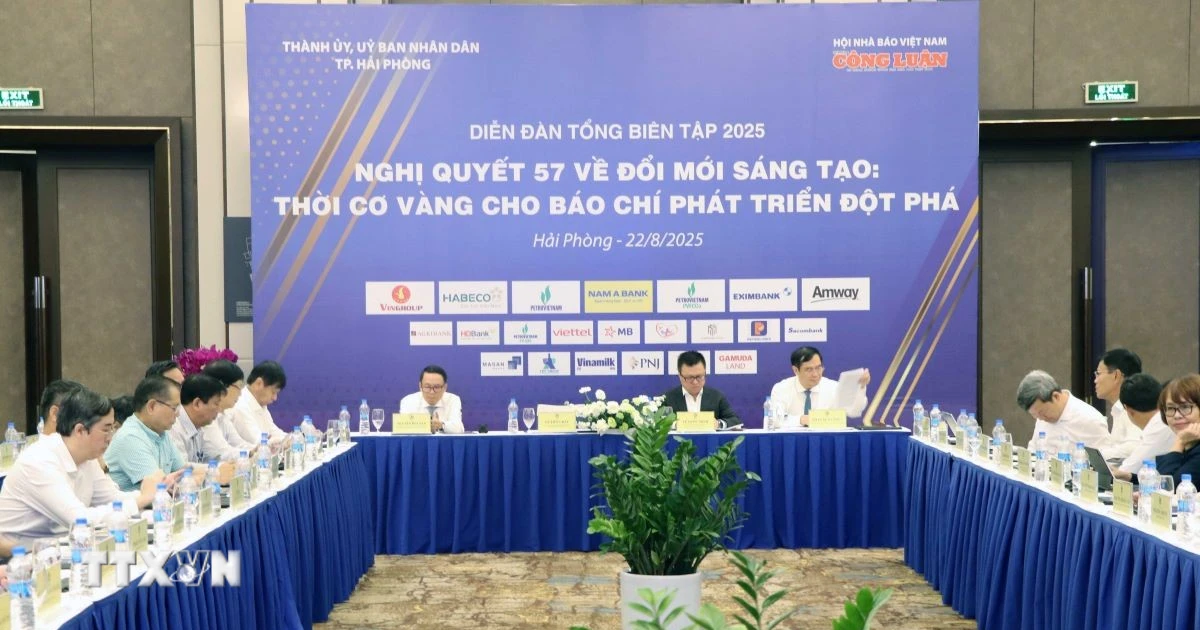


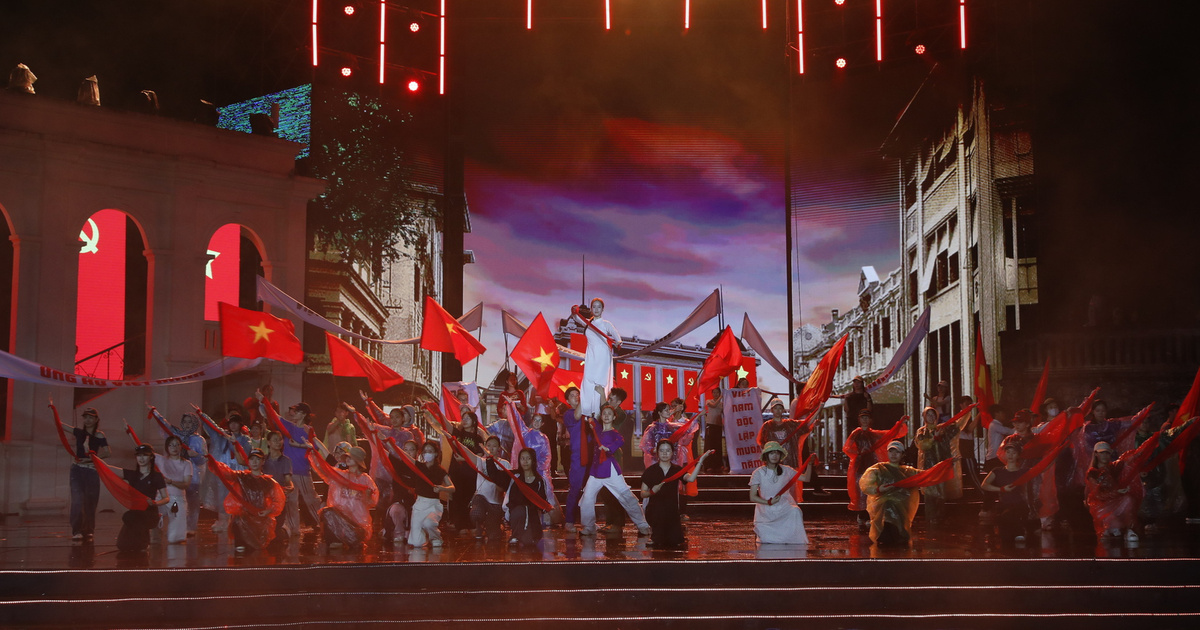

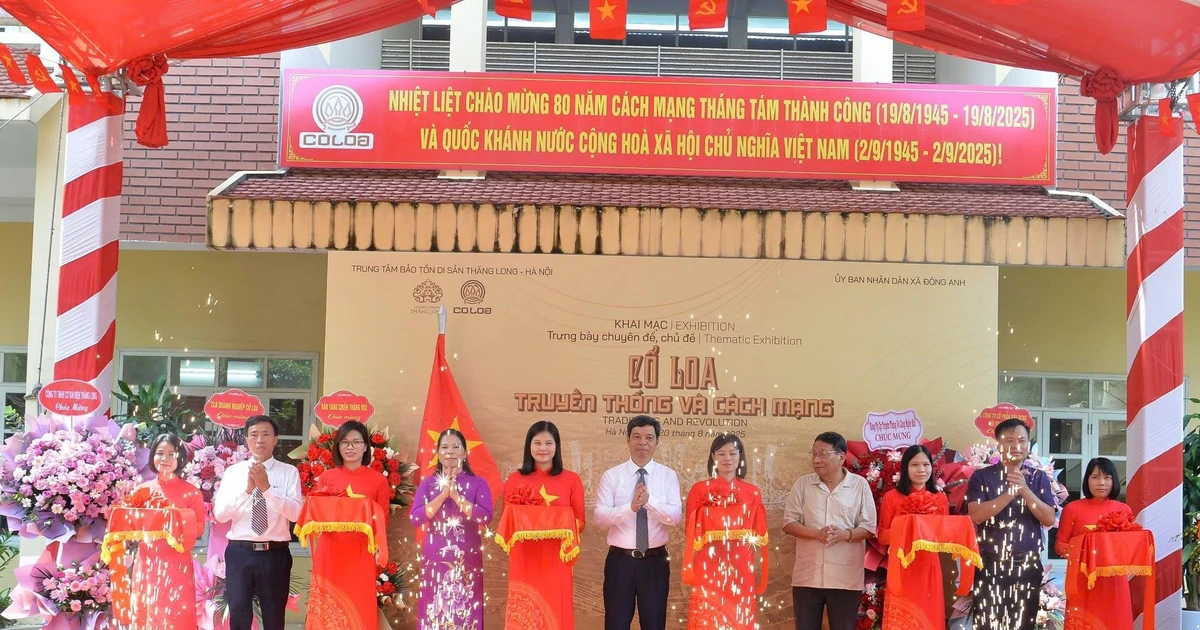




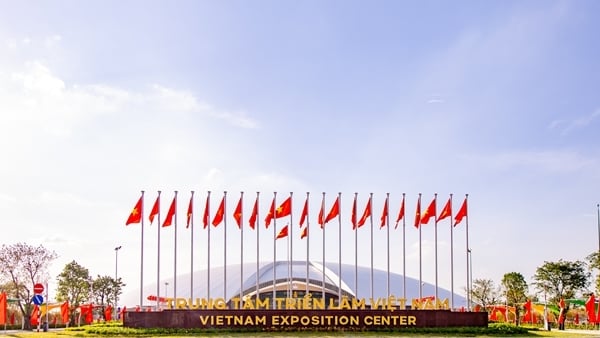
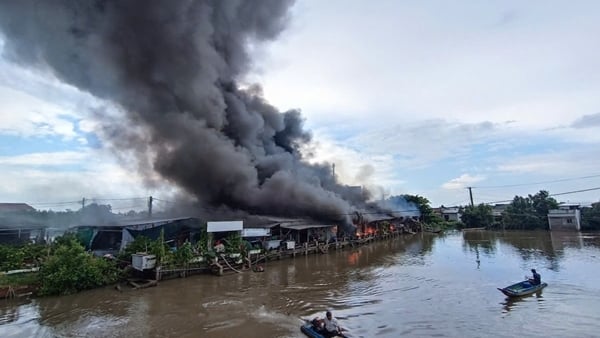
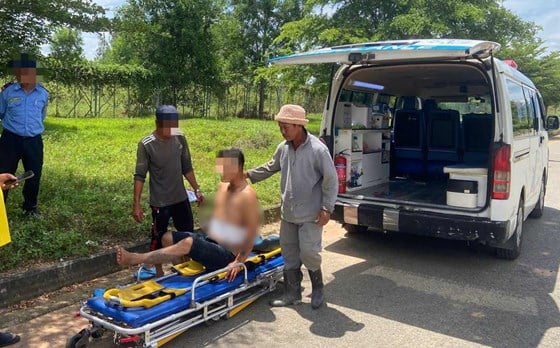
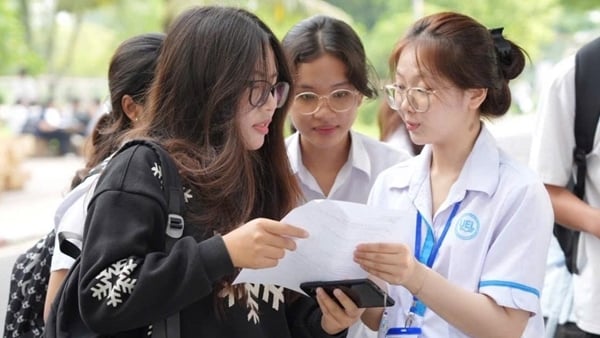

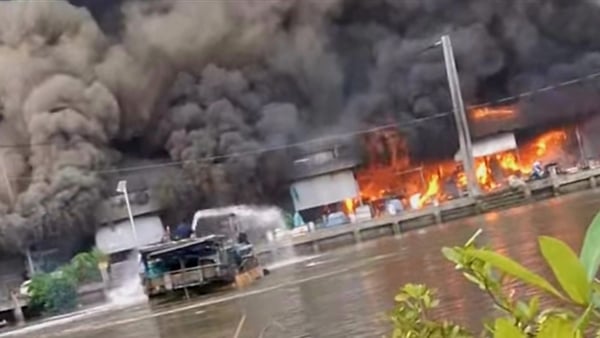

































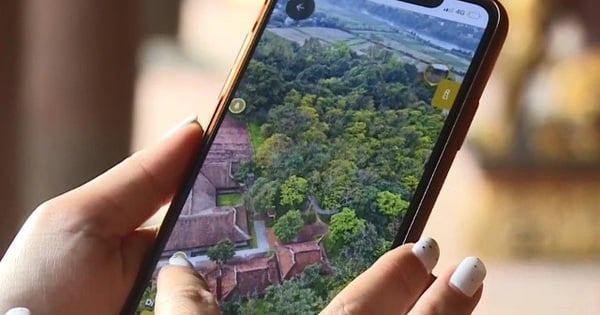

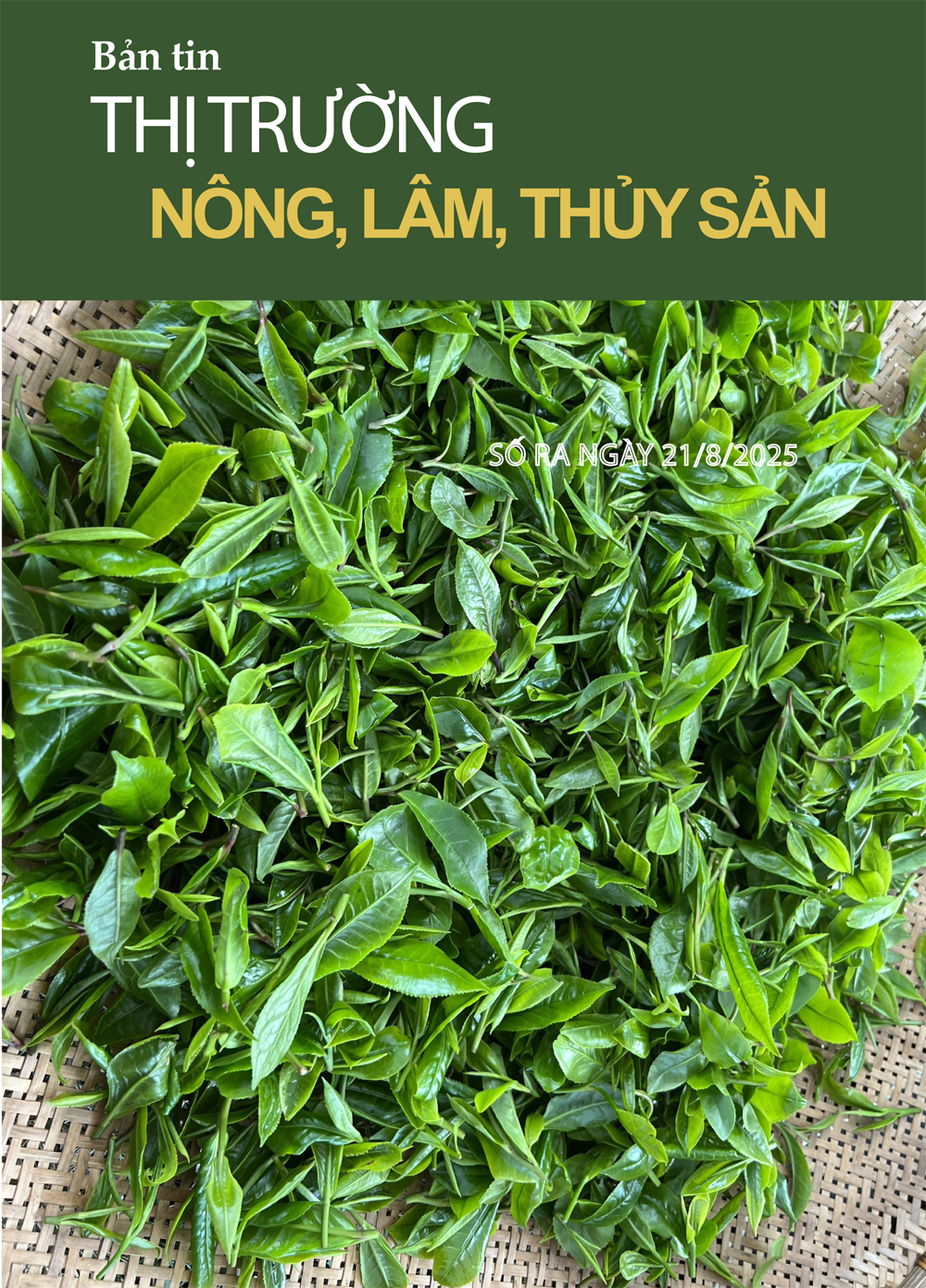

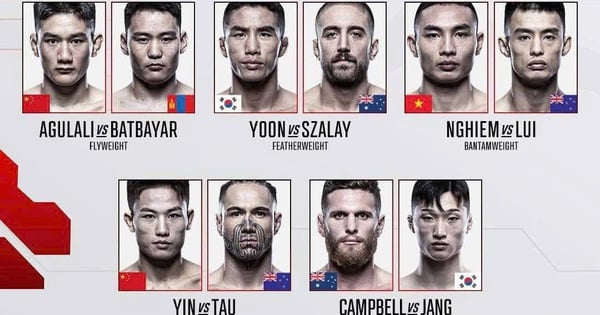



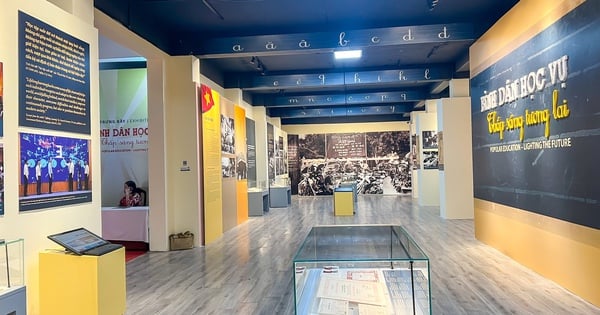
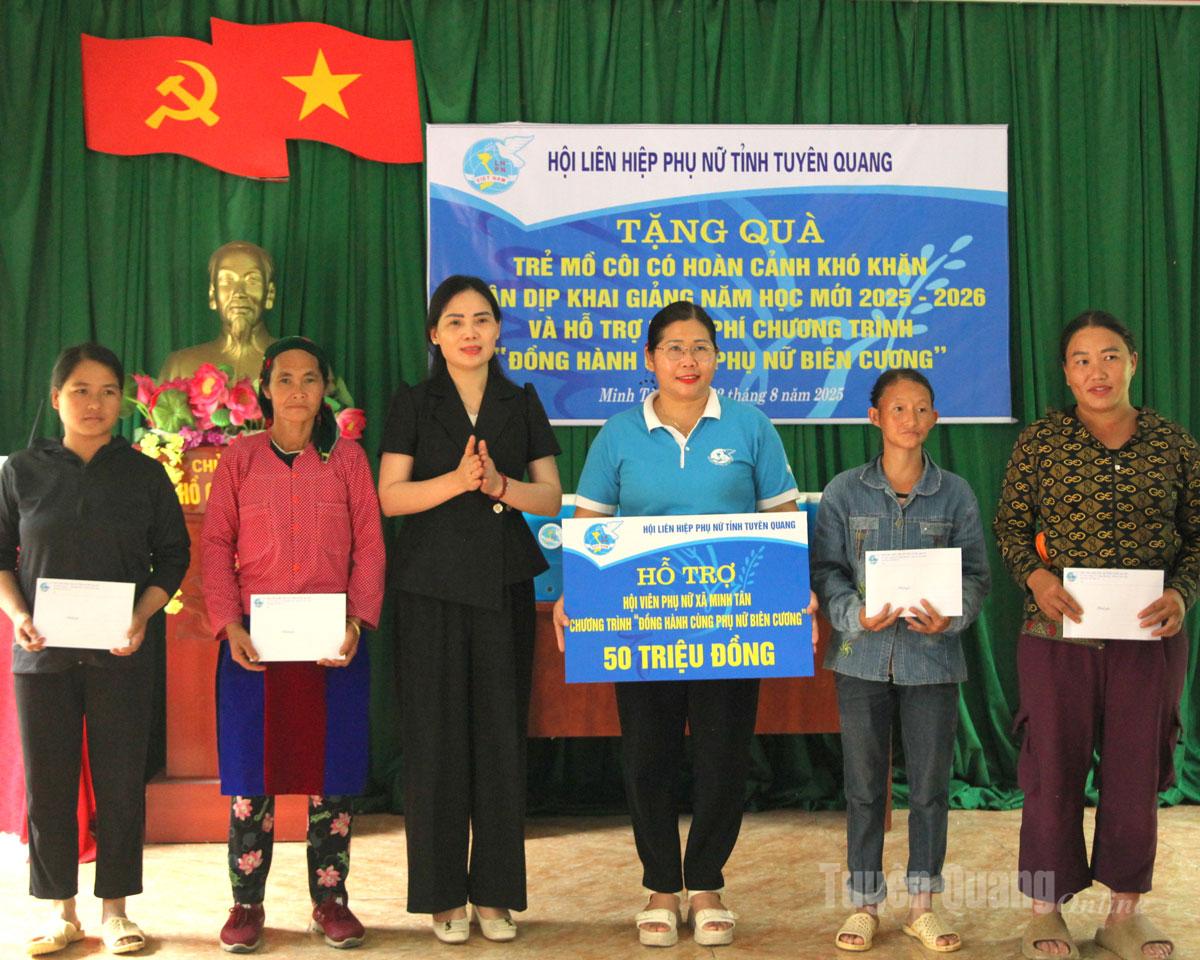


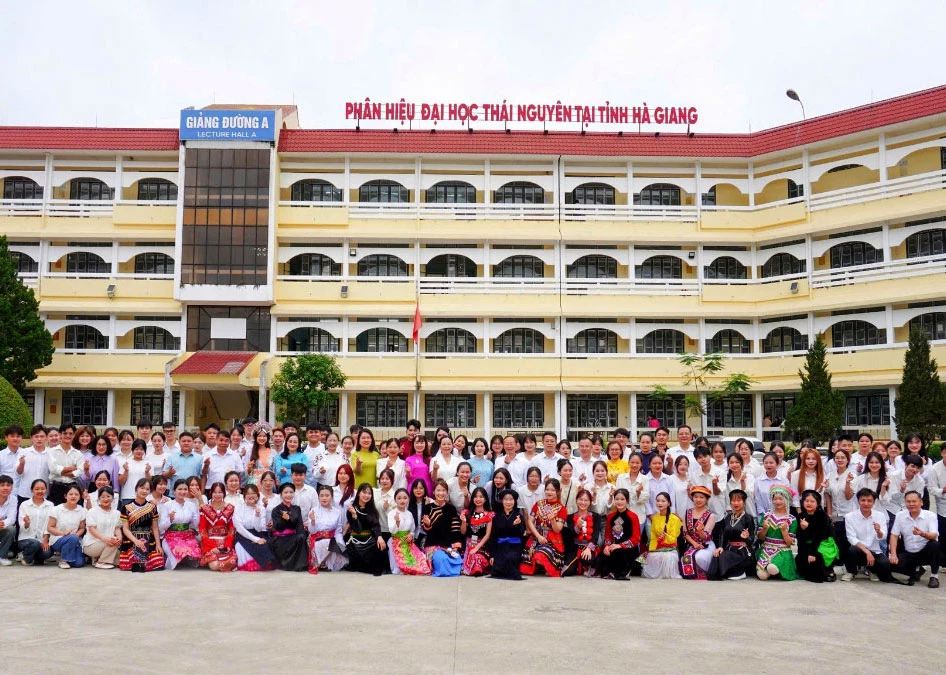
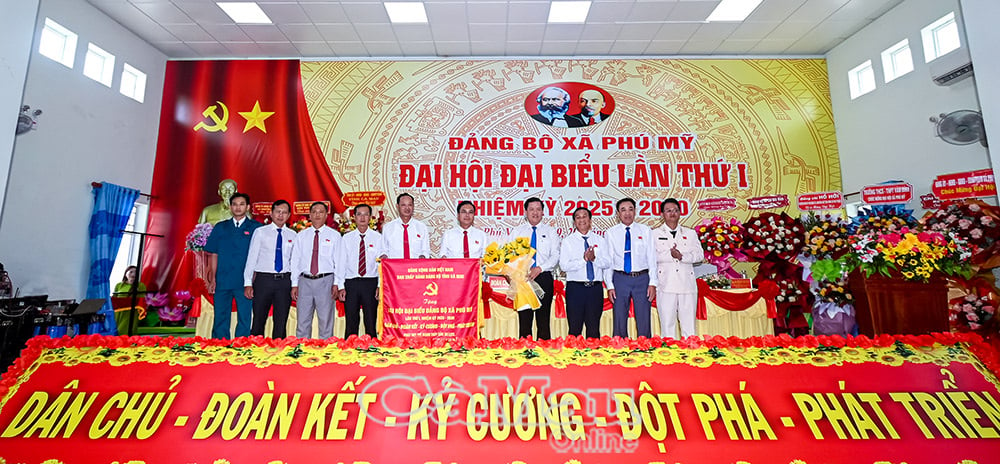

















Comment (0)